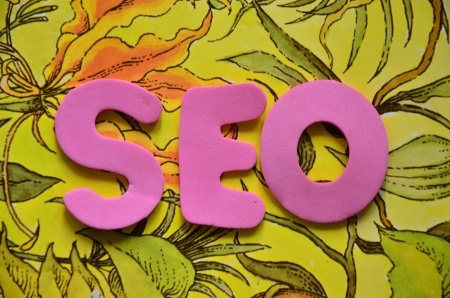 Imagery use is more often an overlooked aspect in the discussion of SEO topics. It can be considered as the blind spot which is underutilized in most cases. There are times when image SEO doesn’t receive enough and deserved column space. However, it means that a fruitful opportunity lies ahead to provide the competitive advantage which the websites seek. Similarly, some people tend to wonder how images influence the search results. They might have doubts over how images raise the possibility of people discovering a site.
Imagery use is more often an overlooked aspect in the discussion of SEO topics. It can be considered as the blind spot which is underutilized in most cases. There are times when image SEO doesn’t receive enough and deserved column space. However, it means that a fruitful opportunity lies ahead to provide the competitive advantage which the websites seek. Similarly, some people tend to wonder how images influence the search results. They might have doubts over how images raise the possibility of people discovering a site.
Presently, search engine Google is highly inclined to have imagery in the key search results pages. In many cases, the images appear on uppermost part which is the target of some websites. Unlike the old and conventional text related results, it is the image that is more likely to grab the attention.
The search engine result pages of Google are used by humans and images have a say. On Moz, it was Kally Allen who summed up the equation between SEO and imagery. She threw light on her own search methods and that of her husband. While searching any recipe, she settles on the tastiest appearing dish. Imaging scanning is also done to get the one which is liked most and click through that recipe. Her husband prefers visual option against text related alternatives.
Images are a hit in social media with more user click registered through images. A study reveals that 19 % higher click through rates and 150% extra tweets were the result of increased use of images in Twitter. High quality and appealing images are likely to have more positive influence upon Facebook click through rates.
There is plenty of evidence revealing that viewers and searchers prefer content which accompanies images. A theory reveals that human memory retains image related information more concretely. It has a long lasting impact upon the consumers and customers. On-picture, off page, and On-page are the three key areas for consideration while making improvements with image SEO.
Images should go through a stage prior to uploading and conventional formatting size is more suitable. The image can be within 320 and 1280 pixel with regard to size. Four or six word file name and image description is fine. Copyright notice should be included and the image needs to be compressed to almost 60-80% of real size.
On page elements can improve the image in HTML code with some easy to follow steps. Text of this file name can be a keyword with the content which can increase its chances of being ranked higher. High quality content may harm its chances to rank well in search results. Some factors beyond image page contribute to the search position such as quality internal linking. Higher the image copies seen by Google better are the chances of Google giving it priority. A proper internal linking skeletal helps the bot to reach and index the page.
Databases and searchable sites could be the right location to search images based on a topic. It may require creating an account or more. There are many other ways of finding the choice of image.
Image credit: czany
